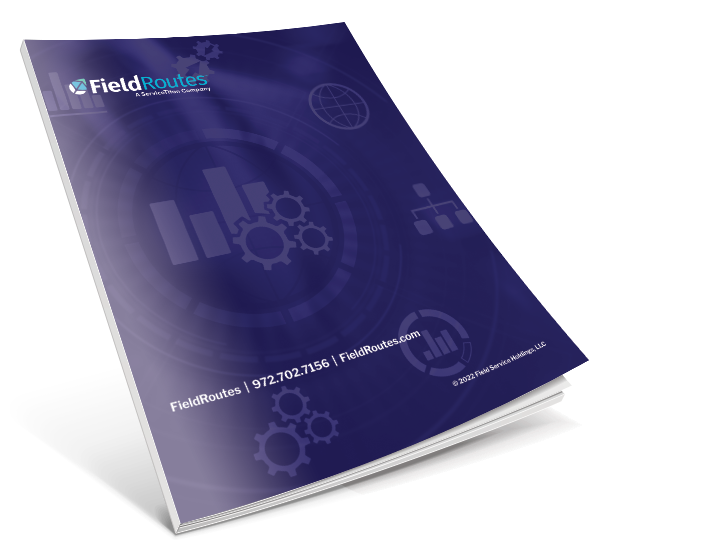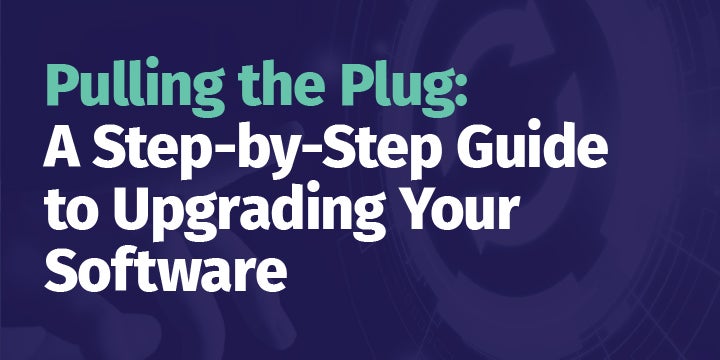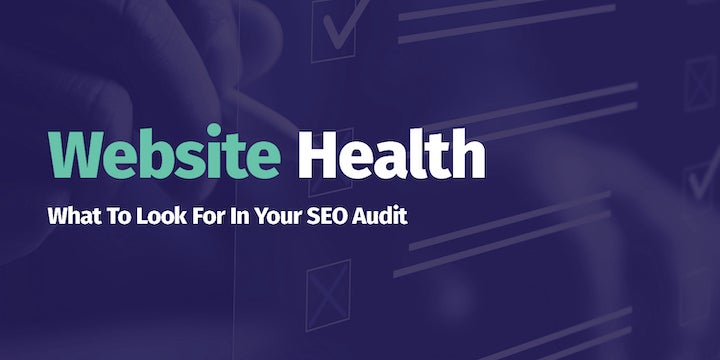Using Software for Effective Route Management

Field service owners know that software can manage the basics for their business, such as automate processes, manage billing and collections, and scheduling technicians. But did you know that field service software can also help streamline and optimize your technicians’ routes? Owners face multiple challenges every day — a high volume of customer appointments to organize, rising fuel costs, technicians and vehicles to manage, and tight time windows. These scenarios combine and create an overwhelming situation.
Route optimization software takes all of these challenges into account and works to find the best possible route to help technicians service their customers faster. Technicians with optimized routes often save time and money while providing better service to their customers.
This guide will examine how your company can leverage the benefits of route optimization software to effectively manage your business.
History of Route Optimization
Route optimization dates back to approximately 200 years ago when a traveling salesman wanted to visit all the cities in Europe to sell his products. He wanted to spend less time traveling to each city so he could spend more time selling. The salesman proposed his problem to his mathematician friends to calculate the shortest distance between 2,000 cities. When one of his friends started calculating how many different travel routes were possible, he realized it was going to be very hard to find the perfect solution. This problem became very popular and today it is known as the “traveling salesman” problem.
By the 1950’s and 1960’s, the RAND Corporation gave prizes to those who could provide the steps to solve the problem. In 1972, computer scientist David Karp, of the University of California at Berkeley, published a paper suggesting that a solution might not even be possible. The math behind this problem shows us that even optimizing ~45 stops contains more permutations than there are atoms in the planet (1.19 x 10^56 permutations vs 1.33 x 10^50 atoms in the planet).
Scientists today have used a variety of methods to get close. Some of their algorithms even mimic patterns found in evolution and genetics. Even the best technological routing companies work within a 2-5% margin of error. While there’s always room for improvement, 2-5% can still save you 40% or more of your drive time..
Getting The Most Out of Your Route Management Software
Remember the days of flipping through the pages of a Mapsco to determine the best route for your appointment? Today’s sophisticated technology uses complicated algorithms to determine the most efficient way to get from point A to point B. The best routes for your business will depend on different factors – where your customers are located, when they are scheduled, and which technician is available to do the job. When choosing a route management tool, consider products that offer up-to-date route information, accurate geocoding, analytics and report management, dynamic route planning, and job pooling.
Up-to-Date Route Information
In order to risk not losing business, it is imperative that technicians arrive on time to their scheduled appointments. Route management software enables technicians to access a detailed map to view geographically how their stops will be organized to minimize windshield time. A route management software should be able to keep up with the ever-changing traffic patterns throughout the day. Route optimization software provides real-time assistance and alternative routes to technicians who find themselves in an unexpected traffic delay.
Accurate Geocoding
Geocoding is the process of converting an address into geographical coordinates that can be displayed on a map or used for routing. Accuracy is important because if the geocode is not correct, then this will affect your routing. The worst-case scenario is that the address or geocode is bad, and your technician cannot find the correct location. This wastes your technician’s valuable time and fuel.
Analytics and Report Management
Analytics and reporting can provide a new level of insight into your technicians’ operational efficiency and assist in identifying those areas where you can reduce costs or improve productivity. Customized reports can be produced according to your specific settings and configuration, allowing you to work with the most relevant and actionable information possible. A flexible report center will log the time and location for breaks, customer stops, refueling, and more, and it will report the exact route each technician took for any given day.
Dynamic Route Planning
Rather than just static route plans created through traditional batch optimization techniques, today’s route planning system must include dynamic planning to accommodate scheduling changes throughout the day – even when technicians are in route. Dynamic route planning provides the ability to adjust to a variety of anomalies and last-minute schedule changes. When a schedule must be added or deleted at the last minute, dynamic route planning evaluates the most cost-effective way to schedule services and re-sequence stops.
Routing Features
Some industries are unique as it relates to route planning due to the use of heavy trucks carrying tanks of chemical treatments. Because of this, available route options may be limited due to regulations for commercial/heavy trucks, hazmat, and bridge height. It’s import to look for intelligent routing features such as routing by chemical capacity, routing to the same side of the street, routing for commercial/ heavy trucks, hazmat, and bridge clearance. These features increase your efficiency and match industry requirements.
Job Pooling
Job pools let you view all customers due for service within a given time range and allows you to easily “drag-and-drop” appointments directly into your technician’s existing route. If a job is ever left incomplete, the property goes directly back to the top of the job list so that the task can be promptly re-assigned. Even if the technician could not get the job done that day, the job itself still gets done, which means - no more missed revenue!
Benefits of Route Management Software
In the previous section, we answered the question of what to look for when choosing a routing software package. In this section, we will answer the question, “Why should I use route management software to help manage my routes?”. The right route management software will identify the most cost-effective routes, eliminate human error, reduce mileage, improve customer service, and increase productivity.
Eliminate Human Error
If operating your business requires you to manually input data into a system on a regular basis, then you’re familiar with data entry errors. Mistakes are inevitable. It’s human nature, but you can eliminate this headache. Use route management software to automate the process. Computer programs are better than human beings at catching errors. Route management software ensures your addresses are 100% accurate. Catching incorrect addresses during the route planning process allows you to solve the issue before your technician drives to the wrong location. Route management software prevents mistakes from damaging your business’s reputation.
Reduce Mileage
In the simplest of terms, route management software yields more efficient routing. More efficient routing means fewer miles driven by your technicians. Fewer miles driven by your technicians means you use less fuel and lower your fuel costs, which is a significant cost savings tool for your business, whether fuel prices are low or high.
Improves Customer Service
Not only do route-planning solutions help your business meet tight schedules, but they also help businesses make changes to a planned route schedule on-demand so your business can handle emergencies with ease, keeping customers happy. Intelligent route optimization tools ensure that the right technician gets to the right customer at the right time. This allows you to tighten service windows given to customers and increases the on-time arrival rates.
Increases Productivity
Compared to manually designed routes, the latest in route management software can reduce the time you spend planning your technician’s appointments. Increasing complexities in route needs and traffic flow make it critical to have an effective and quick solution to determine the best routes for each property -- based on the technician, appointment, and time of day. Route management software can take over this process with the benefits of real-time data, all while freeing up your time to tackle other critical tasks for your business.
In conclusion, we’ve seen how route optimization is a complicated and complex problem. Choosing the right route optimization software can save you thousands of dollars a month in office management time, technician time, gas, and lost opportunities.
Your Partner in Growth
We hope this guide has been helpful. Whether you’re looking to add efficiencies, make things easier for your employees, improve your customer experience, increase sales, or anything in between, FieldRoutes™ is committed to helping your business reach its full potential.
The platform automates all aspects of field service operations for enterprise and small business customers that span office management, advanced route optimization, payment processing, digital sales, marketing, and customer acquisition solutions that accelerate growth, streamline operations, increase customer retention, and maximize revenue. Our operations, sales, and marketing suites were built with your customers and employees in mind and can help you grow quickly, scale intelligently, and serve customers relentlessly.
Call for a Demo at 972.702.7156
Join the growing number of thriving businesses using FieldRoutes to acquire new customers, improve automation, and crush the competition.





